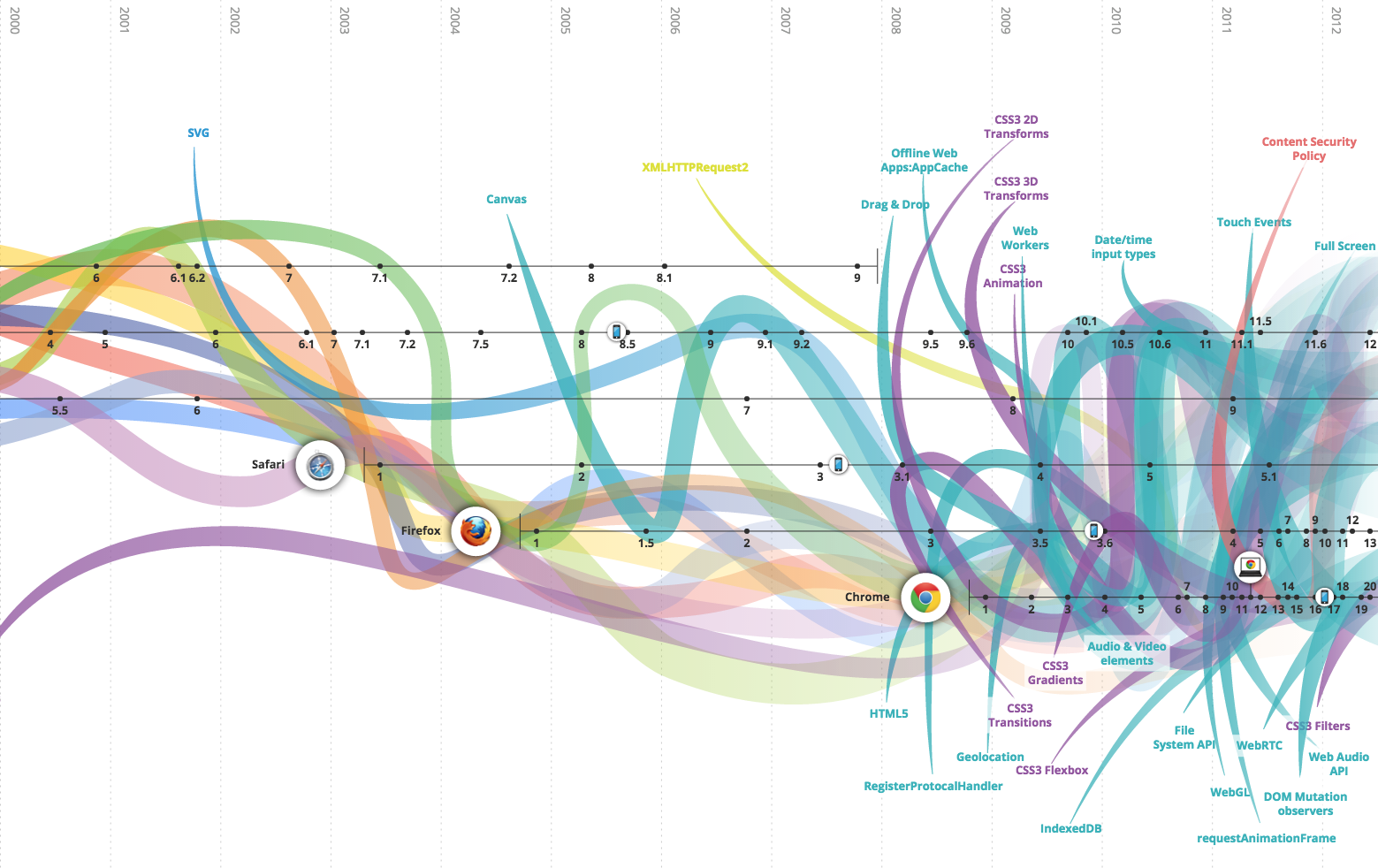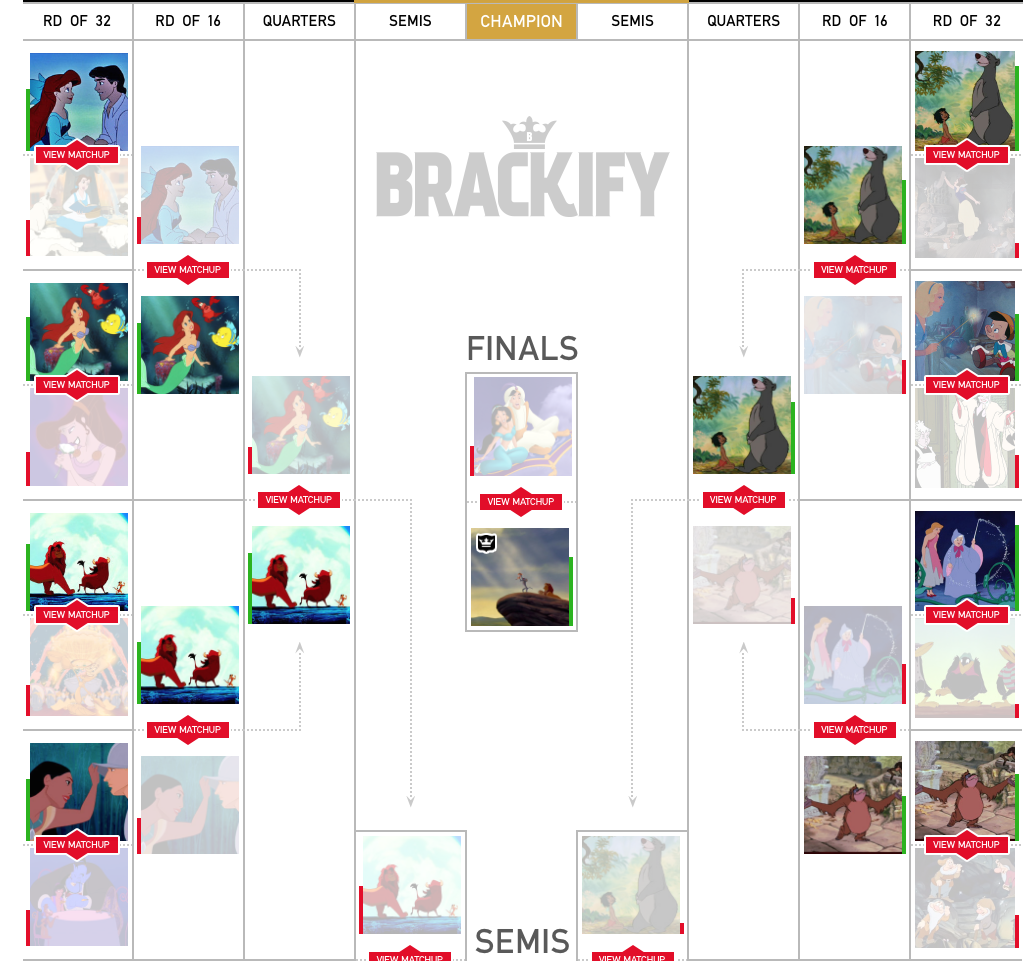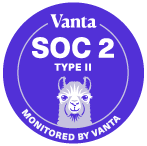Interactive Content: What is it?
Interactive content is any type of content that requires a user to take an action to experience the message. There are various types of interactive content out there, let’s take a look at how to use them appropriately to engage your audience.
Video
Overview: Video has been one of the most successful types of interactive content since its inception. It has the ability to tug on your heartstrings, make you laugh, make you cry, or spur you to action. Video can be anything from a 5-second Snapchat clip to a full-length produced documentary, so make sure you know your audience here and meet them where they are.
Use this when: You have a unique visual story to tell, or someone else’s unique story to tell that ties into your brand.
Example: Game of Thrones 360-degree Video

GIFs
Overview: It seems like GIFs are everywhere these days. Even Twitter has finally upped their allowable file size for GIFs to accommodate the higher-quality files being produced. GIFs allow your brand to seem relevant and engage with a younger audience, while still using video content (luckily it doesn’t have to be yours!).
Use this when: you’re on Twitter or email. It will let you interject some humor into any content, just make sure that the humor is appropriate!
Example: Red Panda Scare
Interactive Infographics
Overview: The most common use of these is explaining more technical or complex content in a way that allows the user to learn more if they desire, but gives them a basic pictorial overview unless they click through. This is a great way to disseminate content with large amounts of statistics that you want to be easily digestible.
Use this when: you don’t have enough information for a white paper, but too much for a traditional static infographic, or you have lots of text-heavy statistics to share.
Example: Google’s How Search Works
Clickable Timelines
Overview: Another more specialized type of content, expandable, interactive timelines are a great way to disseminate large amounts of information chronologically in a format that people will actually want to click through.
Use this when: you have more complex information to explain than would work in a traditional timeline.
Example: Appspot the Evolution of the Web

Quizzes
Overview: Possibly the most overused form of interactive content on the internet, quizzes can still be incredibly effective if done well (and used sparingly!). Try to make it something universally personal: that is, make it feel personal but not too specific, so that it can be easily shared. Bonus points for humor!
Use this when: you want to interject some humor, non-relevant content, or anything otherwise unrelated to your brand that would work in quiz form (this is particularly great to post on Fridays!).
Example: Visual DNA Who Am I? Quiz
Calculators
Overview: Calculators seem to be on every financial site these days, and for good reason. These great interactive tools give users a sense of ownership through personalization, as well as feeding them great information about your business and what they can expect from your various products or services.
Use this when: you want to offer personalized numbers to your customers (like pricing, for example).
Example: New York Times Rent or Buy Calculator
Augmented Reality
Overview: We can’t make a list of interactive content now without mentioning the technology that has taken mobile gaming by storm this past summer: augmented reality. You’re probably most familiar with it in the form of Pokemon Go!, which has been distracting and entertaining drivers and pedestrians alike. This puts virtual objects into real environments via your phone’s camera, allowing you to interact with them, like Snapchat’s adorable puppy filters.
Use it when: you feel your audience could benefit from interacting with a virtual element in the real world. This will be a content type to watch in the future, as it is still currently in its infancy for business use.
Example: Pokemon Go!
Polls/Surveys
Overview: Arguably one of the first major forms of interactive content, polls and surveys not only engage your audience, but also give you potentially valuable data in return. Make sure that you structure your poll or survey to extract the exact data you want from your users, or you may end up with junk analytics.
Use it when: you need to both engage your customers and gather data. Polls and surveys are great research material!
Example: Kissmetric’s Survey Questions That Work
Games
Overview: Everyone likes games (even people who say they don’t!). Games can mean anything from a hidden object hunt to a full Halo-style shooter. Mobile games attract many more users than just traditional marketing alone, and for good reason. They’re a fun break from our everyday lives. Who doesn’t want to kill zombies on their lunch break?
Use it when: you can tie it back to your brand or campaign. Games need to have a clear link with your company to be effective marketing tools.
Example: GAME UK Christmas Shopper Simulator
Brackets
Overview: Anyone who has ever followed or participated in sports (whether live or fantasy) knows how much information brackets can give you. The great part about them is that they’re not just for sports! Create match-ups of the best literary characters, which fairytale creature would win in a fight, or a winner-takes-all of your best products. Make it interactive by allowing your audience to vote for each spot in the bracket, since user-generated content drives purchase decisions for 84% of millennials when found on a company’s website.
Use it when: you need to spice up your product or service offering and engage users in an interactive battle royale.
Example: Brackify’s Best Disney Song of All Time

Contests
Overview: Usually the most popular form of interactive content with consumers, contests allow them to win products, services, or money in the form of cash or gift cards. These can be as simple as a “drop your business card in the bowl to win free lunch” -style contest, or as complex as McDonald’s nationwide Monopoly game. Contests are a great way to gather a huge list of potential leads, simply by requiring a few pieces of information for entry. You can also tie entries to social media shares, making contests a great way of expanding your digital presence. You can host contests on various platforms as well, from Facebook and Pinterest to an email campaign.
Use it when: you want to draw out a large number of new potential leads for your brand (and you have some stuff you can afford to give away).
Example: Modcloth’s Something Modcloth, Something You Pinterest Contest
Reveal Experiences
Overview: Isn’t scratching off a lottery ticket fun? Now imagine you could do that same action on your phone, computer, or tablet. That is the basic concept behind our digital Scratch-Its, Peel-Its, and Slide-Its: using interactivity to energize your campaign and draw consumers into your brand. Utilizing the principles of reveal marketing allows you to reach your audience and pique their curiosity with a branded missive that they interact with to reveal an offer or message. They’re not only incredibly satisfying to use, but they are fully customizable with your own copy and images.
Use it when: you need to re-energize your user base, convert non-active customers, grow your list size, or spread a promotional message in an interesting and unique way.
Example: Our Favorite Statistic
Now that you know which tools to use, get out there and add some interactivity to your next campaign!
Do you already use interactive content? Let us know how it worked for you!




